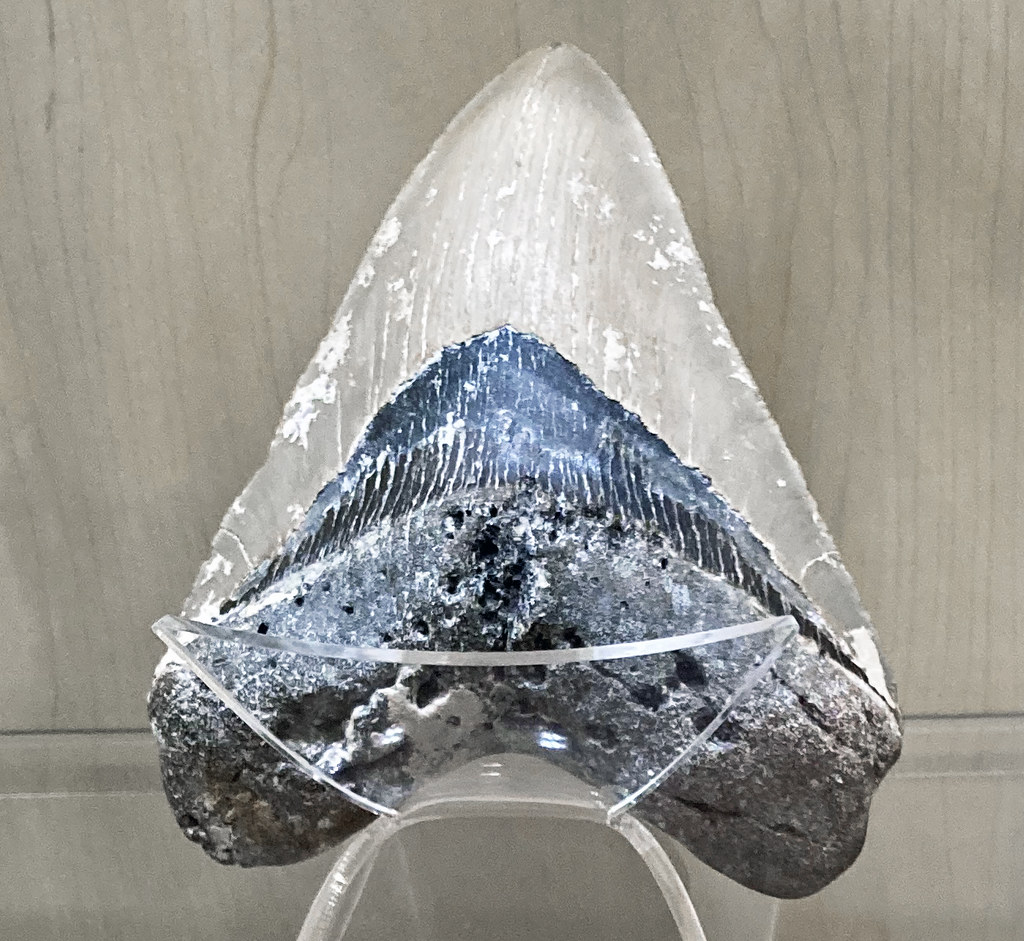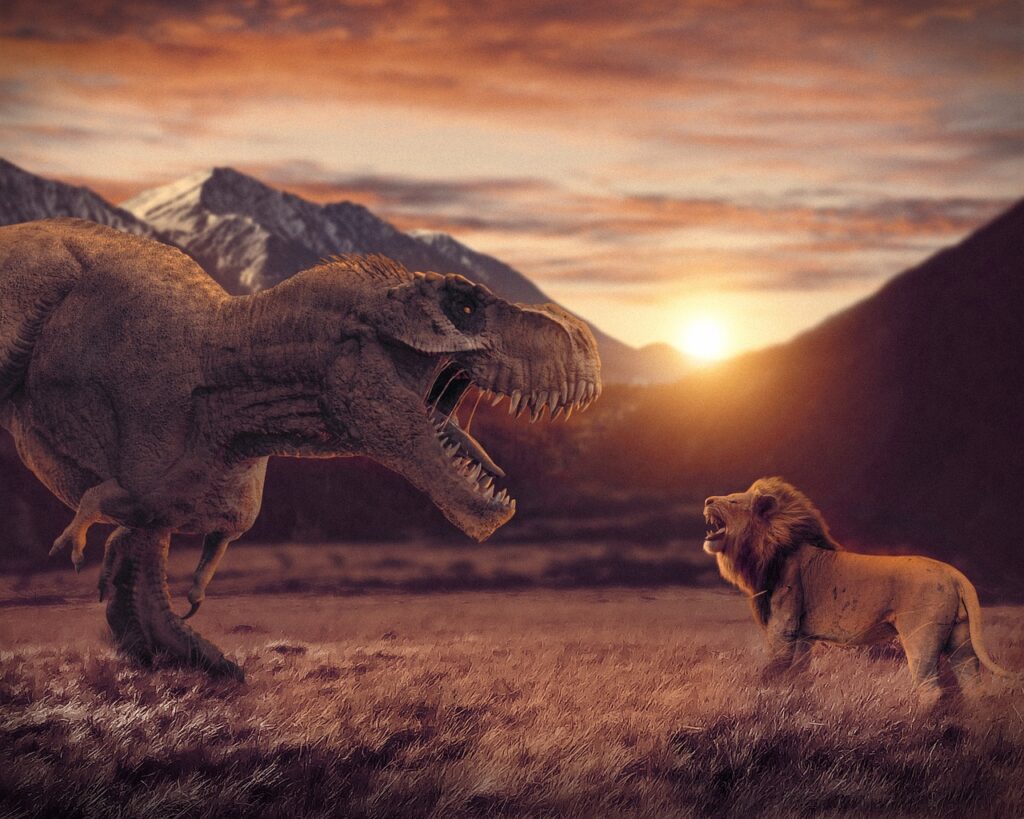The Winning Edge: Dinosaur Advantages Over Triassic Competitors
Picture this: you’re standing in a steamy, humid forest 230 million years ago, and the ground trembles beneath your feet. What you’re witnessing isn’t just another day in the Triassic period—it’s the beginning of one of the most dramatic evolutionary takeovers in Earth’s history. While massive crocodile-like archosaurs and bizarre mammal-like reptiles ruled the land, ...










